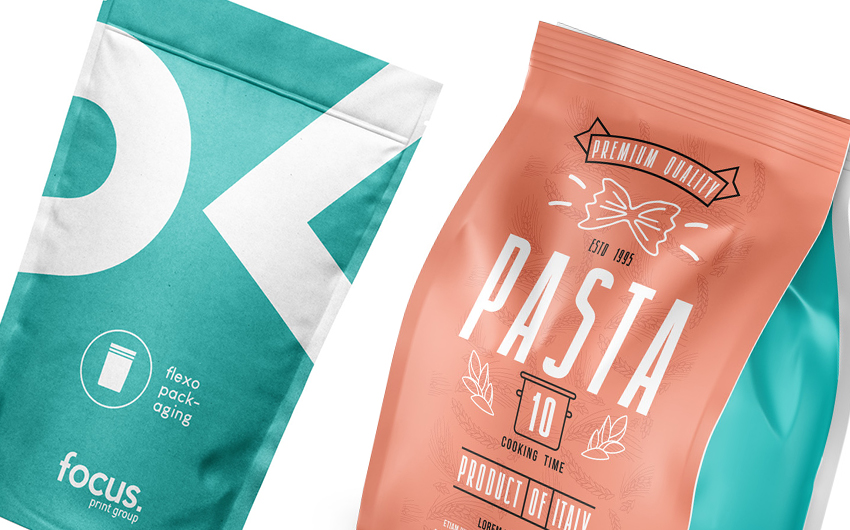In today’s environmentally conscious world, understanding eco certifications for food packaging inks is crucial for marketing professionals. As more consumers demand sustainability, brands are pivoting towards greener solutions. With food packaging being a significant part of the consumer experience, selecting the right inks not only enhances brand reputation but also aligns with environmental goals.

What Are Eco Certifications?
Eco certifications are standards set to ensure products are environmentally friendly. These certifications evaluate the lifecycle of a product, emphasizing sustainability, safety, and minimal environmental impact. For food packaging inks, these certifications ensure that the inks used are non-toxic, biodegradable, and derived from renewable resources.
Why Are Eco Certifications Important for Food Packaging Inks?
For marketers, eco certifications offer a competitive edge. They assure consumers of a brand’s commitment to sustainability. As consumers become more eco-aware, they prefer brands that demonstrate responsibility towards the environment. Certifications provide transparency, building trust and loyalty among consumers.
The Impact on Brand Reputation
Brands that adopt eco-friendly practices, such as using certified inks, often see a boost in their reputation. Consumers appreciate companies that prioritize the planet. This not only enhances brand image but also attracts a larger customer base. For more insights on how food safety impacts brand reputation, check out this article.
Types of Eco Certifications for Inks
Several certifications signify the eco-friendliness of inks. Each certification has unique criteria, focusing on different aspects of sustainability.
1. FSC Certification
The Forest Stewardship Council (FSC) certification ensures that the materials used in inks are sourced from responsibly managed forests. This certification is vital for those aiming for sustainable packaging solutions.
2. Green Seal
Green Seal is a non-profit organization that certifies products with reduced environmental impact. Inks with this certification meet rigorous standards for health and sustainability.
3. Cradle to Cradle
This certification evaluates a product’s lifecycle, from creation to disposal. It ensures that inks are safe for humans and the environment, promoting a closed-loop system.
4. Nordic Swan
This eco-label is prevalent in Nordic countries, setting high environmental standards. It ensures that inks contribute minimally to pollution and are produced sustainably.
Benefits of Using Eco-Certified Inks
Switching to eco-certified inks offers numerous benefits:
- Reduces environmental footprint.
- Enhances brand value and consumer trust.
- Ensures compliance with global environmental standards.
- Promotes a healthier planet for future generations.
Challenges in Implementing Eco Certifications
While the benefits are clear, there are challenges in adopting eco certifications for food packaging inks:
- Higher initial costs compared to conventional inks.
- Need for continuous monitoring and compliance.
- Limited availability of certified suppliers.
Overcoming the Challenges
Despite these challenges, the long-term benefits outweigh the initial hurdles. By collaborating with certified suppliers and investing in sustainable practices, brands can smoothly transition to eco-friendly packaging solutions. Training staff on the importance of packaging ink safety can also play a pivotal role in this transition. For more information, visit training staff on packaging ink safety.
Future of Eco Certifications in Food Packaging
The demand for eco certifications is only set to grow. As global awareness increases, more brands will adopt these standards. This shift will drive innovation, leading to more sustainable and efficient packaging solutions.
Innovations on the Horizon
Research and development in sustainable inks are paving the way for innovative solutions. From biodegradable inks to those made from algae, the future holds exciting possibilities for eco-friendly packaging.
Conclusion
For marketing professionals, understanding and implementing eco certifications for food packaging inks is essential. Not only do these certifications enhance brand reputation, but they also contribute to a healthier planet. By choosing eco-friendly inks, brands can meet consumer demands, comply with global standards, and ensure a sustainable future.

FAQs on Eco Certifications for Food Packaging Inks
- What are eco certifications? Eco certifications are standards ensuring products are environmentally friendly, emphasizing sustainability and minimal environmental impact.
- Why are they important? They offer a competitive edge, assure consumers of a brand’s sustainability efforts, and build trust and loyalty.
- How can brands overcome challenges in implementing these certifications? By collaborating with certified suppliers, investing in sustainable practices, and training staff on packaging safety.
For more insights on reducing ink migration in packaging, visit reducing ink migration in packaging.
This article contains affiliate links. We may earn a commission at no extra cost to you.






